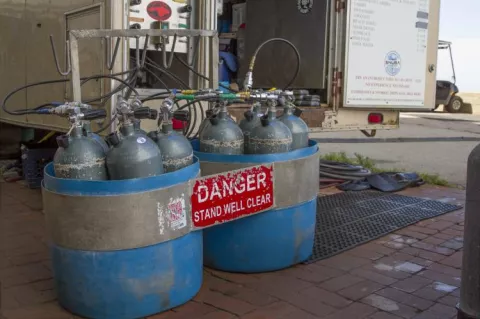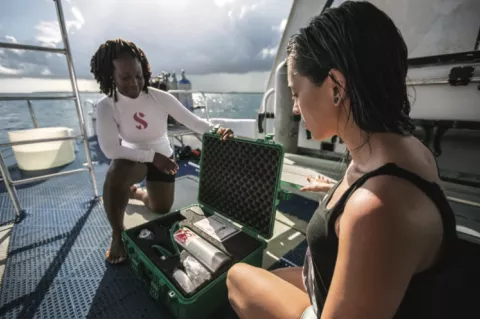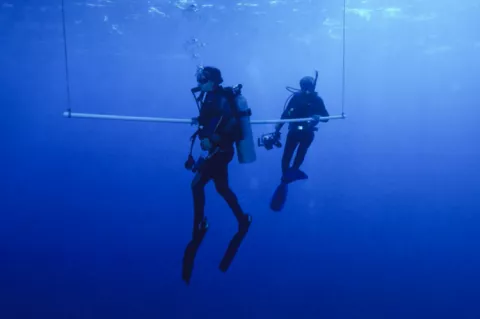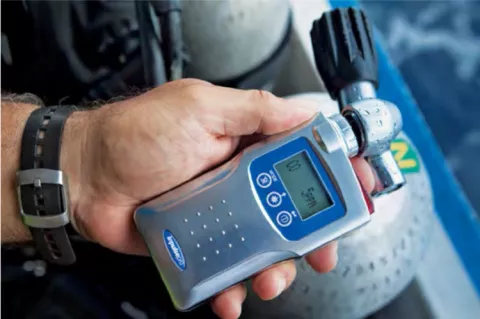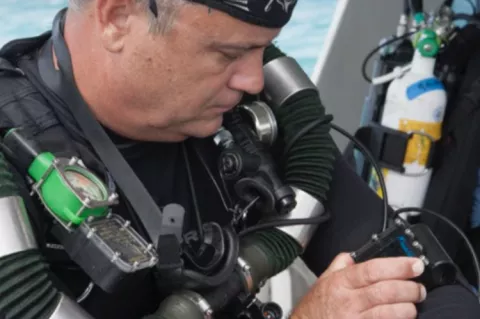Gas Management 101
Checking your air a few times during a dive and coming up as the gauge nears zero is not dive planning. Before you hit the water this summer, brush up on the basics of gas management — this will help keep you safe and might even extend your bottom time.





